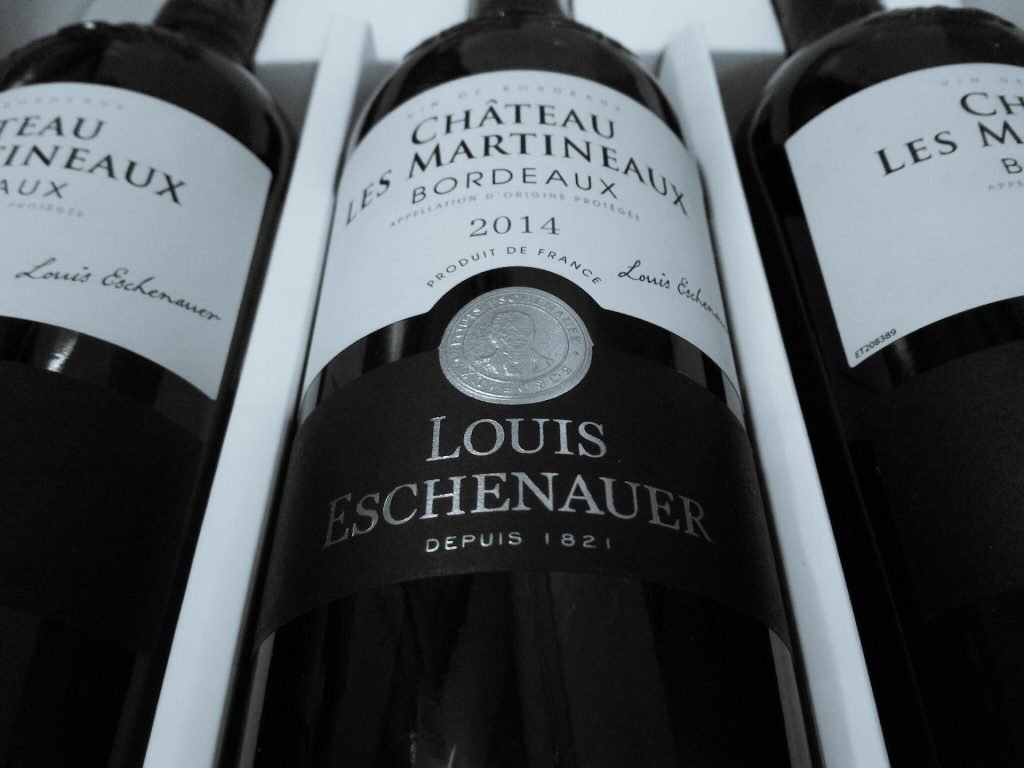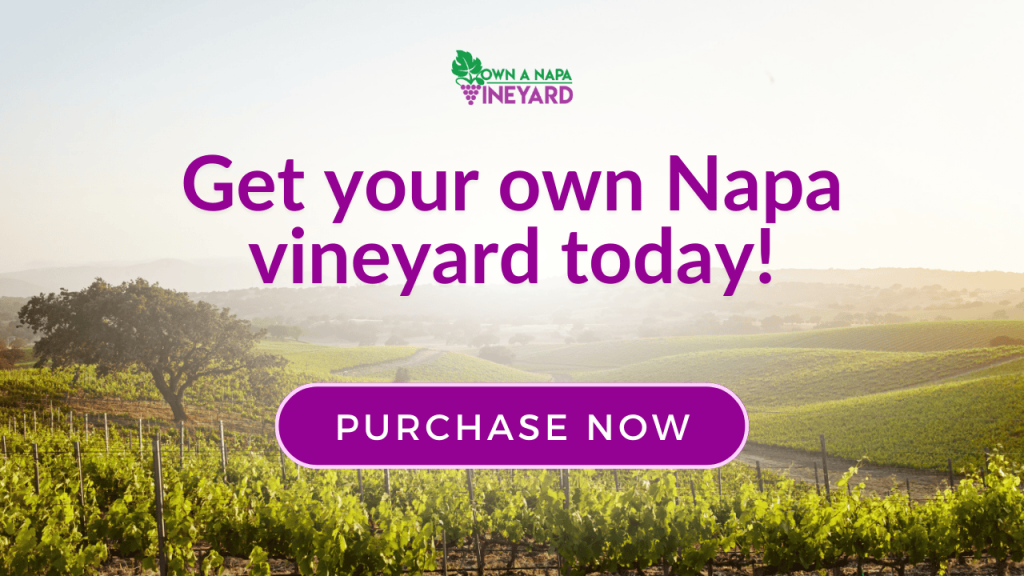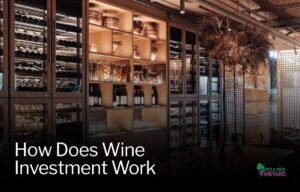Branding

Branding is a critical component of wine marketing, and it starts with the winery’s name and logo. A memorable name and logo can help a winery stand out in a crowded market. For example, the iconic silver oak tree on the Silver Oak Winery’s label has become synonymous with its brand.
A winery’s branding should also reflect its unique story and values. For example, the Trefethen Family Vineyards has a long history in Napa Valley and focuses on sustainability. Their branding reflects this with their tagline, “A Family, A Vineyard, A Legacy.”
Branding also extends to the winery’s website and packaging. The website should be easy to navigate and provide visitors with a sense of the winery’s story and products. The packaging should be attractive and reflect the winery’s branding.
Social Media

Social media is a powerful tool for wine marketing, and it allows wineries to connect with customers and build a community. Platforms such as Instagram and Facebook are particularly effective for sharing photos of the winery, vineyards, and wines.
Wineries can also use social media to promote events, such as wine tastings and tours. Social media can help build buzz around these events and attract attendees.
Social media influencers can also be an effective way to reach a broader audience. Wineries can collaborate with influencers to promote their wines and reach new customers.
Events
Events are an essential part of wine marketing, and Napa Valley offers a range of options for wineries. Wine tastings and tours are popular options and can be offered in-person or virtually.
Wineries can also host events such as wine and food pairings, concerts, and art exhibits. These events can help attract new customers and create a memorable experience.
Events can also be used to build relationships with customers. For example, wineries can offer exclusive events for wine club members, providing a unique experience and demonstrating appreciation for their loyalty.

Customer Experience
The customer experience is a critical component of wine marketing, and it begins with the tasting room. The tasting room should be welcoming and provide visitors with a sense of the winery’s story and values.
Staff should be knowledgeable about the wines and the winery’s history, and they should be able to provide visitors with a personalized experience. This can include recommending wines based on their preferences and answering questions about the winemaking process.
The customer experience extends beyond the tasting room, and wineries should consider how they can provide a memorable experience for their customers. For example, wineries can offer behind-the-scenes tours or provide access to exclusive events.





